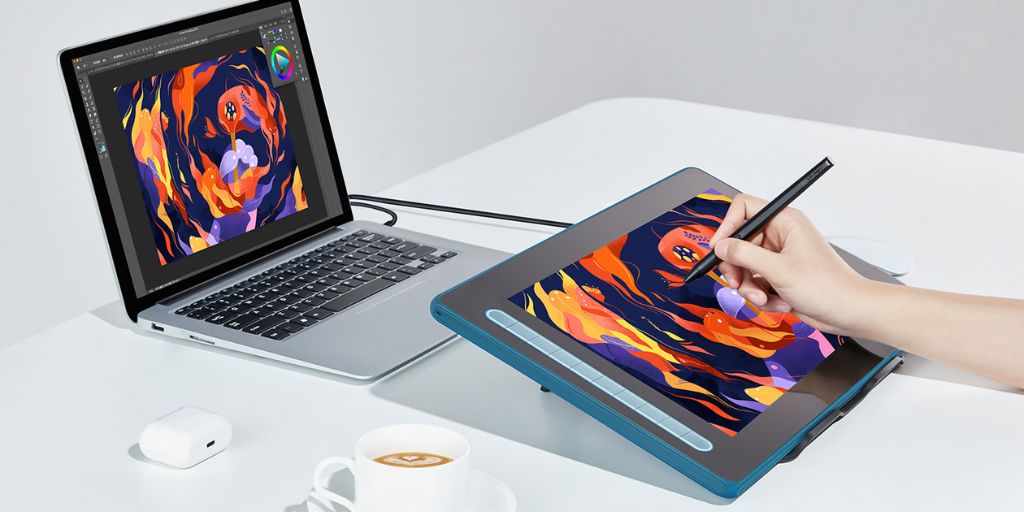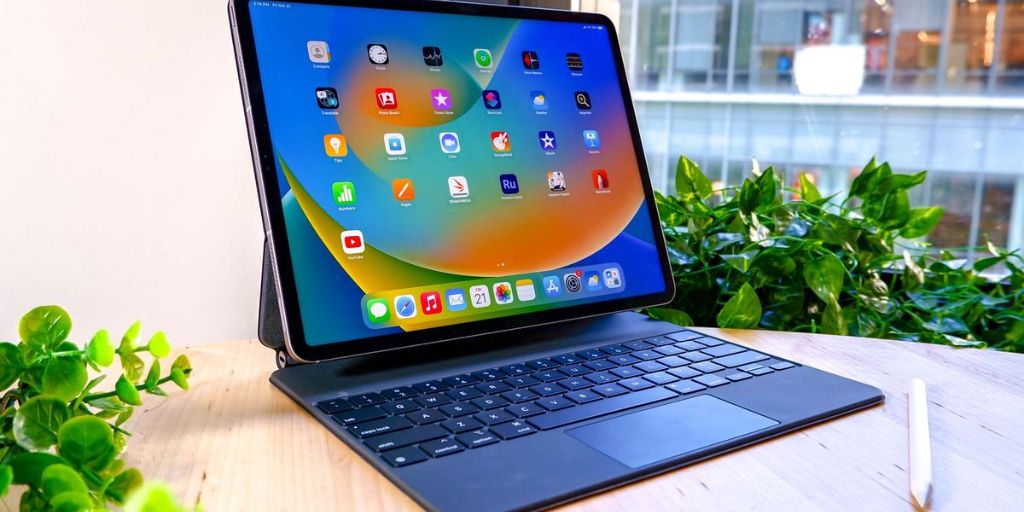Digital art has transformed the creative landscape, offering artists unprecedented flexibility, precision, and the ability to work from virtually anywhere. Whether you’re a professional illustrator, graphic designer, animator, or hobbyist, having the right tablet can make a huge difference in your workflow and output quality.
Today’s market is packed with high-performing tablets designed specifically with creatives in mind. But with so many options available, how do you choose the right one? Let’s explore some of the best tablets for artists and creatives in 2025, based on performance, features, and value.
1. Apple iPad Pro (M2, 2024)
It’s no surprise that the iPad Pro continues to dominate the creative tablet scene. Equipped with Apple’s M2 chip, the latest iPad Pro offers lightning-fast performance, superb color accuracy, and a Liquid Retina XDR display that’s a joy to work on. The 12.9-inch model, in particular, provides ample screen space for detailed projects, while the 11-inch version is more portable.
Paired with the Apple Pencil (2nd generation), the iPad Pro delivers industry-leading stylus performance, featuring low latency, pressure sensitivity, and tilt detection that feels almost identical to drawing on paper. Creative apps like Procreate, Adobe Fresco, and Affinity Designer run seamlessly, making the iPad Pro a powerhouse for both professional and casual artists.
Pros:
-
Exceptional display quality
-
Robust app ecosystem
-
Fast, reliable performance
Cons:
-
Expensive
-
Accessories (Apple Pencil, Magic Keyboard) sold separately
2. Wacom Cintiq Pro 24
For artists who prefer working on a pen display connected to a computer, the Wacom Cintiq Pro 24 is hard to beat. This large-format tablet offers a 4K display with 99% Adobe RGB color accuracy, making it ideal for professionals who need precision and true-to-life color representation. The Pro Pen 2 provides 8,192 levels of pressure sensitivity and exceptional tilt response, giving artists the nuance they crave.
Unlike standalone tablets, the Cintiq Pro 24 requires a PC or Mac connection, but its integration with desktop software like Photoshop, Illustrator, and Corel Painter is flawless. The build quality is superb, and the tablet’s ergonomic stand makes long drawing sessions comfortable.
Pros:
-
Outstanding color accuracy
-
Large, immersive screen
-
Superb stylus performance
Cons:
-
Expensive
-
Requires a computer to function
3. Microsoft Surface Pro 9
Blending the portability of a tablet with the power of a laptop, the Microsoft Surface Pro 9 is a versatile choice for creatives who need both drawing capabilities and full desktop productivity. With its high-resolution PixelSense Flow display (13 inches) and support for the Slim Pen 2, the Surface Pro 9 offers a smooth drawing experience.
Windows compatibility means you can run full versions of Adobe Creative Cloud, Clip Studio Paint, and other pro-level software without compromise. The device also works well for multitasking, making it an excellent option for creatives who juggle drawing, writing, and administrative tasks.
Pros:
-
Full Windows OS
-
High-quality display
-
Versatile 2-in-1 design
Cons:
-
Stylus sold separately
-
Less optimized for drawing than dedicated art tablets
4. Huion Kamvas Pro 16 (4K)
Huion has gained a reputation for delivering affordable yet high-quality tablets, and the Kamvas Pro 16 (4K) is no exception. Offering a 15.6-inch 4K UHD screen with 120% sRGB color gamut coverage, this pen display delivers crisp visuals at a fraction of the cost of premium models.
The included pen offers 8,192 levels of pressure sensitivity and tilt support, ensuring a natural drawing experience. The Kamvas Pro 16 is compatible with Windows, macOS, and even some Android devices, making it a versatile option for creatives on a budget.
Pros:
-
Excellent value for money
-
4K display
-
Good stylus responsiveness
Cons:
-
Requires a computer connection
-
Less premium build quality compared to Wacom
5. XP-Pen Artist Pro 14 (Gen 2)
XP-Pen continues to innovate with its Artist Pro 14 (Gen 2), a compact pen display that punches above its weight class. The 14-inch display boasts a 1600p resolution and covers 99% Adobe RGB, ensuring vibrant, accurate colors. XP-Pen’s new X3 Pro Smart Chip stylus offers improved sensitivity and a smooth drawing feel.

One standout feature is the tablet’s customizable shortcut keys and dial, allowing artists to speed up their workflow. The tablet is affordable and compatible with major creative software across Windows and macOS platforms, making it a smart pick for students and budding professionals.
Pros:
-
Compact yet high-performing
-
Affordable
-
Customizable buttons for efficiency
Cons:
-
Smaller screen may not suit all projects
-
Requires connection to a computer
What to Consider When Choosing a Tablet
Selecting the right tablet depends on your specific needs and workflow. Here are a few factors to keep in mind:
-
Portability: If you need to create on the go, a standalone tablet like the iPad Pro or Surface Pro is ideal. If you mostly work from a studio, a pen display connected to a computer (like the Cintiq or Kamvas) offers more power and flexibility.
-
Display Quality: Color accuracy and screen resolution are critical for digital artists. Look for tablets that offer wide color gamut coverage (like Adobe RGB) and high resolution to ensure your work looks its best.
-
Stylus Performance: A good stylus should have high pressure sensitivity, minimal latency, and tilt support. Bonus points for pens that don’t require batteries.
-
Software Compatibility: Make sure the tablet works seamlessly with your preferred creative apps. Windows-based tablets allow access to full desktop software, while iPads have a growing but still distinct app ecosystem.
Final Thoughts
Today’s tablets offer incredible power and flexibility for artists and creatives of all levels. Whether you’re drawn to the portability of the iPad Pro, the precision of the Wacom Cintiq, or the affordability of Huion and XP-Pen models, there’s a device out there to suit every need and budget.
Ultimately, the best tablet is the one that complements your creative process and helps you bring your vision to life—whether you’re sketching, painting, animating, or designing. With the right tool in hand, your creative potential is virtually limitless.




